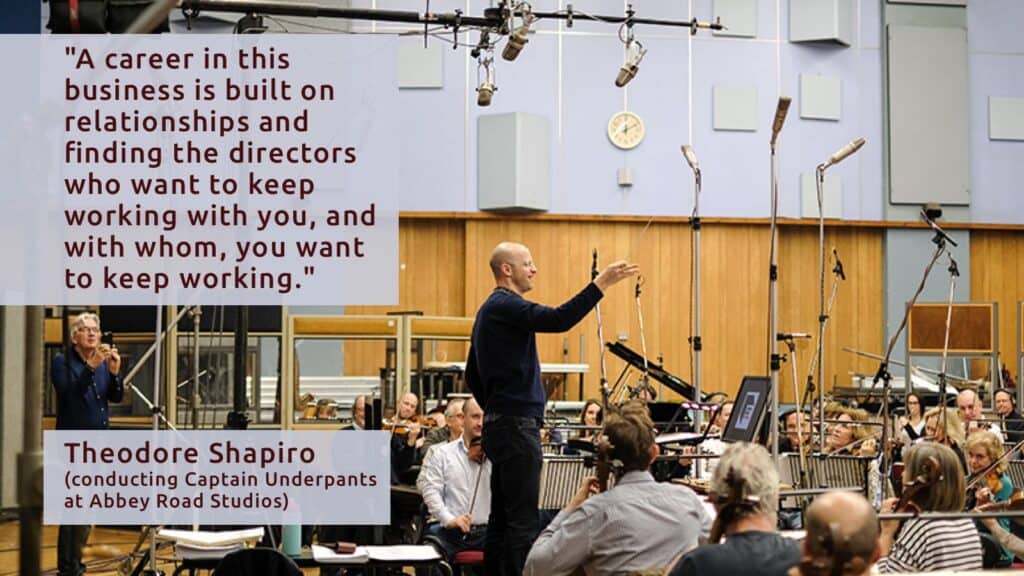New Monday #58
Happy Monday!
I started watching Severance Season 1 a few weeks back, and the first thing that struck me was the music. It’s amazing.
No Spoilers
There’s a mysterious company, Lumon, which is located in a town somewhere in the Hudson Valley of NY, where there’s always snow on the ground, and the cars are from decades ago, when boxy was the new sexy. The decor at Lumon is neo-Danish minimalism from the 60s, the technology is analog—film cameras and cassette recorders—except there are computers with bitmapped graphics. But somehow, the company can do brain surgery in the office with a rechargeable drill, inserting a chip that divides their personality and memory in half.
One half, the “Outie,” continues on in life as normal. The other, the “Innie”, exists only on the Severance Floor of Lumon. When the Outie steps into a particular elevator at Lumon, the personality switch happens, the Innie steps out and works all day at a job that neither worker nor audience can figure out. The twist that drives the whole shebang forward: the Outie and Innie are basically separate people who know of each other, but have never communicated and have no idea what the other’s life is like.
Season One starts slow but dang, is it captivating. The story hooks in and pulls you along by the head and the heart—by turns it’s thrilling and hysterical—there’s wonderful acting, a wicked, bizarre visual design sense to everything, and fabulous music by composer Theodore Shapiro.
Mr. Shapiro is a major film composer with credits all over the place: Dodgeball, Tropic Thunder, The Devil Wears Prada, Wet Hot American Summer, Captain Underpants—an eclectic credit list that lets the composer stretch out in all directions. He’s won two Emmy awards for Severance. It’s relentlessly inventive music.
The score of Severance is minimalist, in keeping with the visual design, usually not much more than a piano and often built out of repeating four-chord sequences, but man, does he get mileage out of it. Like the characters, the music seems split. Like the overall aesthetic of the show, there’s something dreamlike and ominous happening in the music, leavened by cultural references and a healthy dose of humor.
Here’s a video of the opening credits. That electronic stutter at the end is edited snippets of a single piano note.
I found this longer breakdown of the opening music that gets into the chord changes and dissonance and makes clear why there’s always an element of jazz tickling your ear. No spoilers in this video.
But there are spoilers in this interview with the composer, so don’t read it unless you’ve been watching. Severance is full of surprises—as is the music—and surprises are what make life worth paying attention to.
Season 2 Opener
Season 2 Episode 1 kicked open with the hero, Mark S, played by ever quirky Adam Scott, getting off the elevator and running like a maniac around the Severance floor. Watch it now!
https://www.youtube.com/watch?v=2RAE3bC1RZY
The camera work is amazing—fluid and exciting, a mixture of digitally controlled cameras and a handheld. It and the music impart a sense of energy and thrust to what is essentially a confused man running around a white hallway.
The music is Burnin’ Coal by pianist Les McCann. It swings and it cooks—jazz with a heavy dose of soul music to it. The original recording, cut live in the studio in 1969, goes on for over six minutes. For this scene, the music was pruned to fit the video, and the video pruned to fit the music, with a string rise added at the end to pull us into the mystery and world of the show.
Les McCann
McCann was a pianist and singer. He’s one of the innovators of “soul jazz,” jazz with an emphasis on more straightforward R&B rhythms simple structures, and a social conscience. The Cannonball Adderley Quintet’s Mercy Mercy Mercy, Lee Morgan’s Sidewinder, music by Stanley Turrentine and Shirley Scott, organist Jimmy Smith—soul jazz. McCann’s music was intimately connected to the civil rights movement and his live recording of Compared to What was a hit — here’s video of it from the Montreux Jazz festival.
Les McCann had a way with really simple piano parts.
Burnin’ Coal is on McCann’s 1969 album Much Les. It’s a forgotten masterpiece.
Much Les has a bit in common with Roberta Flack’s debut album I wrote about a few weeks ago: same studio, Atlantic in New York City, same producer, Joel Dorn. Same console, same tape deck, and the same warm, wooly sound. I love the sounds of these recordings: hard-panned mono tracks, room sound rather than artificial reverb, everyone yelling to each other.
We made a Soul Jazz playlist for you here.
For those that have watched the show—spoiler alert— here’s a video of director Ben Stiller and actor Adam Scott discussing the thinking behind the scene. It’s a treat to see the collaboration between these two. They also go into detail on how the camera movements were accomplished, what’s CGI and what isn’t, and the demands of putting such a scene together. It’s really an interesting video and worth the watch.
An Easter Egg
Severance is full of Easter Eggs, and we’re coming up on Spring, so here’s a fun thing for you all: a Severance-themed Sale!
Mark’s Innie is part of a four-person crew at Lumon that is the Macro Data Refinement team. They’re often referred to by the initials “MDR."
Is it a coincidence that Korneff Audio has an MDR, our Micro Digital Reverberator?
Get it now for 50% off by using the code severance-50. The Sale is ‘til Wednesday at 11:59pm EST.
That’s all for this week. A lot of you all wrote in regarding Peter Frampton—thanks for that. It’s always a treat to hear from you all.
Uh oh! Time for S2 E4 of Severance...
Warm regards,
Luke

